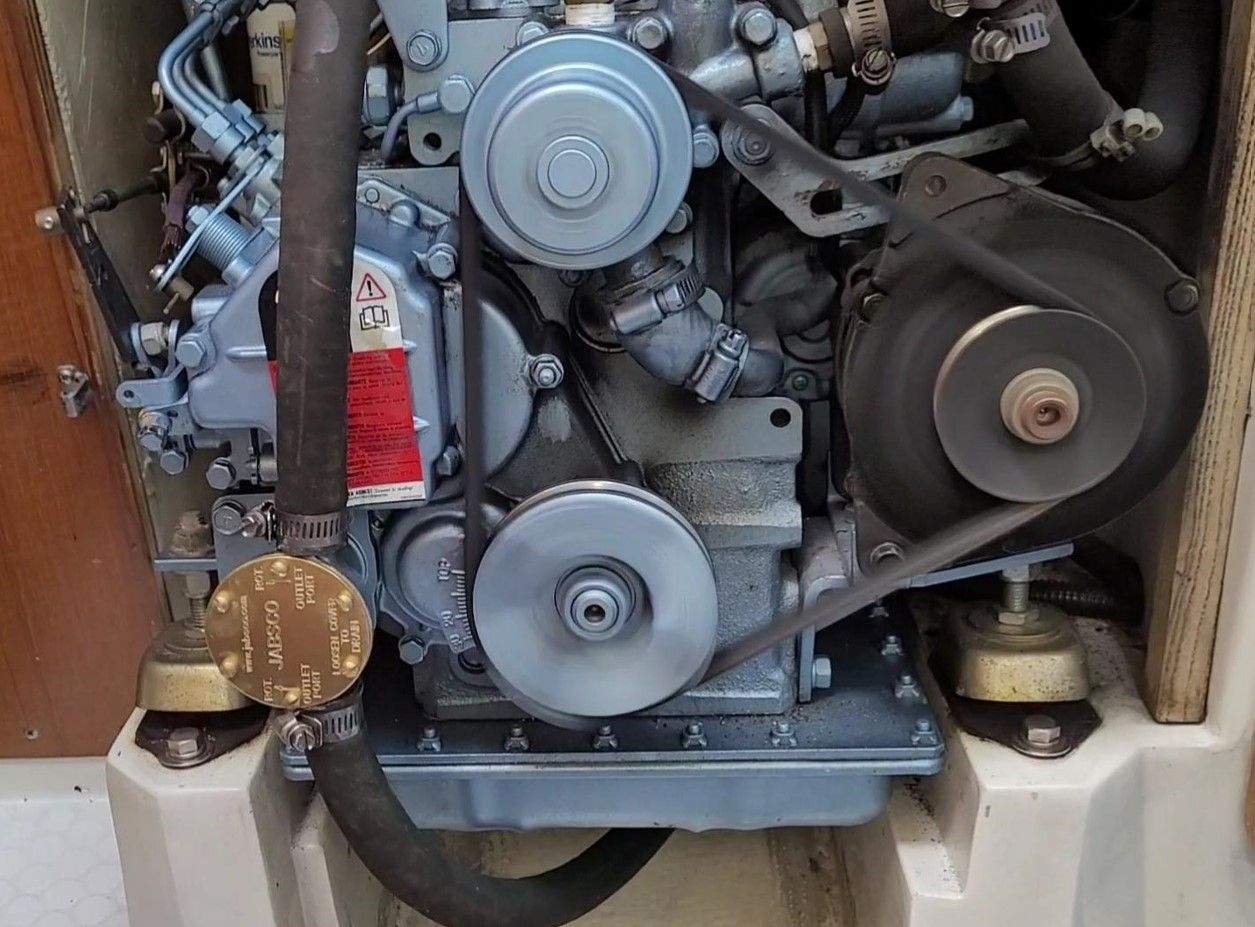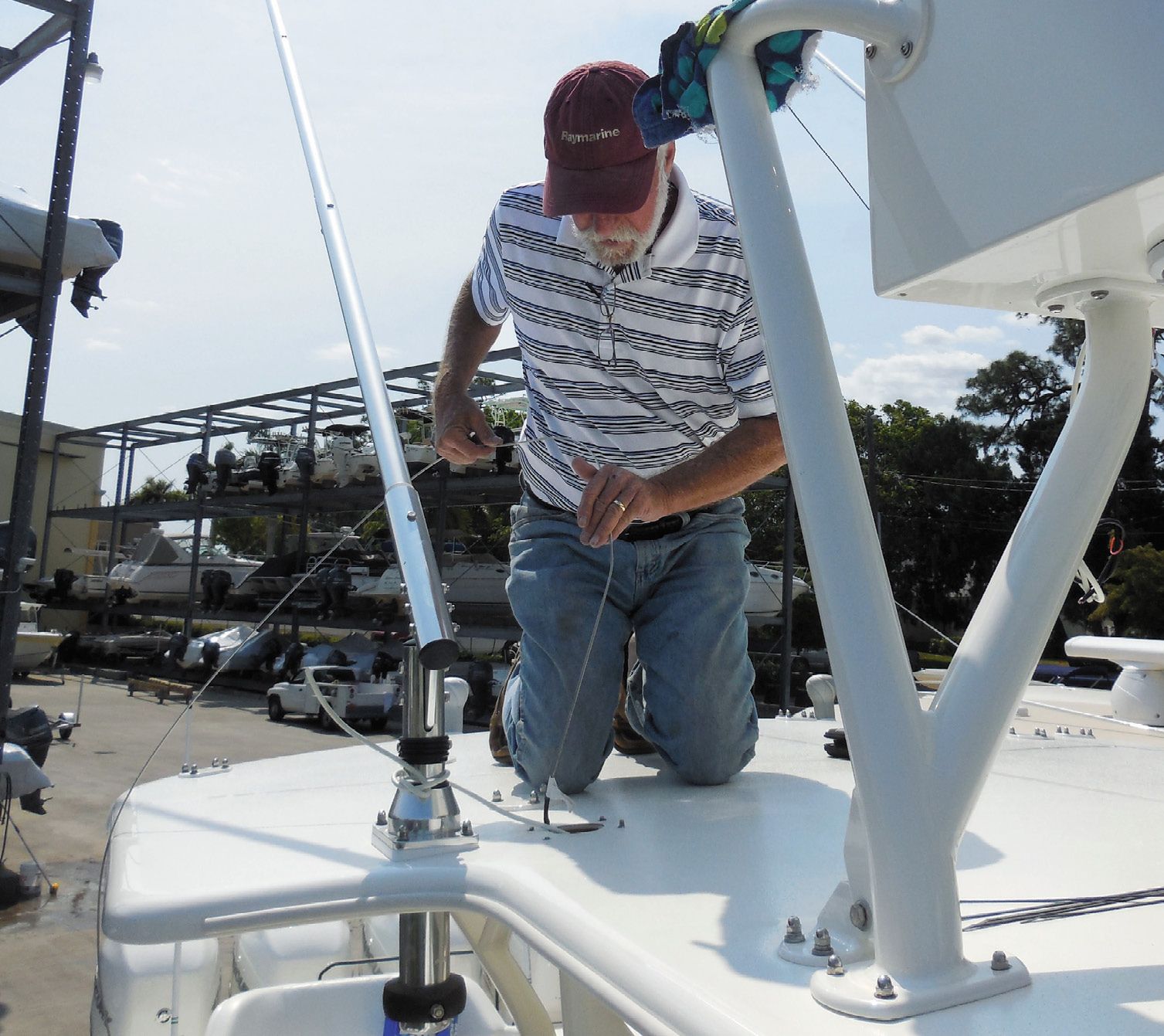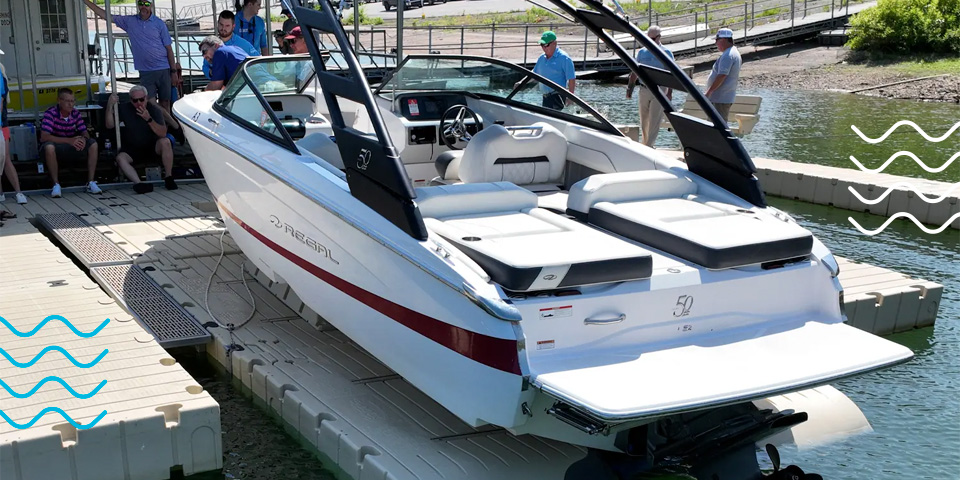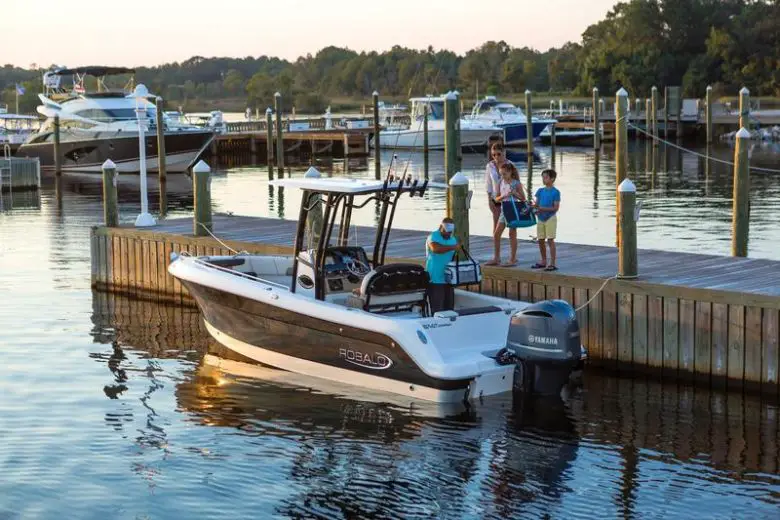1.Examine the outside and hull.

Start by looking for any wear that may have formed over the winter, such as blisters or cracks, on the hull of your boat. Repair any damage right away to stop it from getting worse. Not only does cleaning and waxing the hull improve its appearance, but it also shields it from sun damage and boosts performance. Additionally, make sure the propeller is secure and in good shape by looking for dents or loose fittings
2.Examine the fuel system and engine.

The engine of your boat is its main source of power, so it must be well maintained. Inspect the oil and replace the oil filter if necessary. Check fuel lines for leaks or cracks, and replace any broken parts. To avoid system clogs, empty the tank of used fuel and fill it up with new fuel. Remember to make sure the battery is fully charged, test it, and clean the terminals before getting out on the lake.
3.Inspect the Electrical System

A boat’s electrical system may suffer from cold temperatures. Examine all wiring for wear, corrosion, or loose connections, and swap out any broken parts. Make sure all onboard electronics, including navigation systems and lights, are operating properly by testing them. Make sure your marine radio is in working order and prepared for use.
4.Examine the controls and steering.
The controls for your throttle and steering should be responsive and free of resistance. Check for any unusual wear and lubricate all moving parts. Take care of the problem before your season’s first excursion if you have trouble steering or changing gears.
5.Examine the safety gear

Safety ought to come first at all times. Verify that you have enough life jackets for every passenger and that they are in good condition. Verify that fire extinguishers are readily available and completely charged. Examine flares, first aid packs, and emergency beacons as well, and replace any broken or expired parts.
6.Verify that the bilge pump is operational.

To keep water out of your boat, you need a working bilge pump. Check for leaks or obstructions in the hoses and test the pump to make sure it functions properly. In case of emergency, think about having a backup manual pump on board.
7.Examine Insurance and Registration

Verify that your boat’s registration is up to date before launching. Make sure your insurance policy offers enough coverage for the season by reviewing it. On the sea, proper insurance guards against unforeseen mishaps and obligations.
8.Arrange for a Qualified Exam

Having a professional examine your boat can reveal possible problems you might overlook, even if you perform a comprehensive self-check. To make sure your boat is prepared for a trouble-free season, a marine technician may evaluate the engine, electrical system, and structural integrity.
Conclusion
Proper maintenance and a comprehensive examination are necessary to prepare your boat for spring. You can avoid unplanned malfunctions and expensive repairs by inspecting the hull, engine, electrical system, and safety equipment. You will be ready for a fun and safe boating season if you prepare thoroughly.




Comments
I read this post fully regarding the comparison of newest and preceding technologies, it’s awesome
article.
I’m not that much of a internet reader to be honest but your sites really nice, keep it up!
I’ll go ahead and bookmark your website to come back later on. Cheers
Do you have a spam issue on this blog; I also amm a blogger, and I
was curious about your situation; many of us ave developed
some nice practices and we are looking to trade strategies with other folks,
please shoot me an email if interested.
Hey I know this is off topic but I was wondering if you knew of any widgets I could add to my blog that automatically tweet my newest twitter updates.
I’ve been looking for a plug-in like this for quite some
time and was hoping maybe you would have some experience with something like this.
Please let me know if you run into anything. I truly enjoy reading your
blog and I look forward to your new updates.
Very nice post. I absolutely appreciate this site. Keep writing!
It’s an remarkable article designed for all the internet people; they will get benefit
frfom it I am sure.
For latest nnews yyou have to pay a visit internet and on internet I found this
website as a finest website for hottest updates.
Thank you for the auspicious writeup. It in fact was a
amusement account it. Look advanced to more added agreeable from you!
However, how can we communicate?
Everyone loves what you guys are up too. This sort of clever work and coverage!
Keep up the fantgastic works guys I’ve included you guys to blogroll.
Superb, what a blog it is! Thhis web site provides valuable data
to us, keep it up.
Hello exceptiojal blog! Does running a blog such as this require a
grezt deal of work? I havce virtually no expertise in coding however
I had been hoping to start my own blog in the near future.
Anyway, if you have any recommendations or techniques for new blog ownerds please share.
I know this is off subjecct however I simply had to ask.
Cheers!
Aw, this was an incredibly good post. Finding the time annd actual effort too make
a great article… but what can I say… I procrastinate a lot
aand never seem to get anything done.
Great blig you have got here.. It’s difficult to find high quality writing like yours
nowadays. I honestly appreciate individuaps like you!
Take care!!
Thank you for the auspicious writeup. It in fact was a amusement account it.
Look advanced to more added agreeable from you!
By the way, how can we communicate?
Nice post. I learn something totally nnew and challengikng on sites I stumbleuplon every day.
It will always be exciting to read articles from other authors andd use something from other websites.
Feeel free to surf tto my web site … ремонт стиральных машин канди